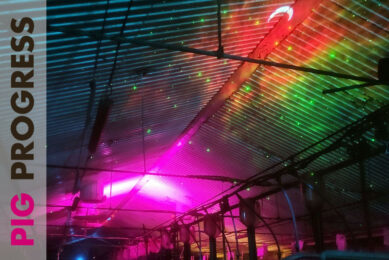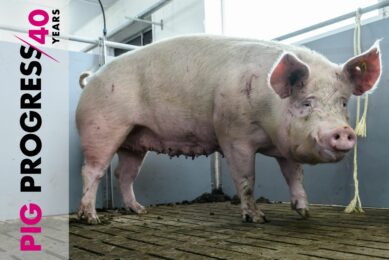Parasites, paradise, plasma and a preview of Eurotier in Pig Progress 7
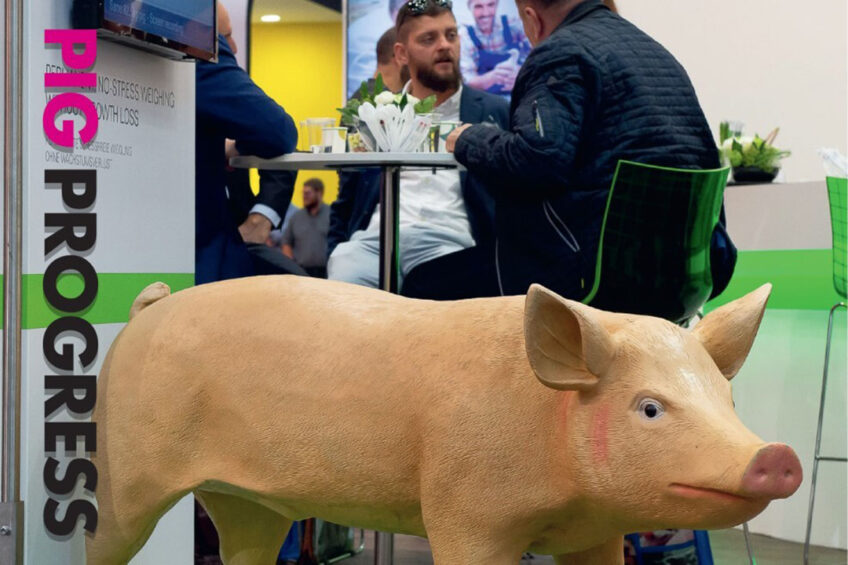
The 7th edition of Pig Progress for 2022 unveils some exciting innovations that the pig sector will certainly enjoy at the upcoming EuroTier. Then, a look at how Spain is becoming an increasingly dominant player in the European pig sector, how plasma boosts vaccination effects, and a visit to pig farms on Floreana Island. Also, a look at the role of genetics when it comes to gastrointestinal parasites in pigs.
What innovations are in the spotlight at EuroTier 2022?
Here, Pig Progress highlights some top innovations that will be presented at EuroTier next month. These include a system by Boehringer Ingelheim to analyse pig coughs, a mobile marking station by Hölscher + Leuschner, and Bewital Agri’s new piglet dietary supplement that contains bananas, carrots and carob flour. Big Dutchman will also showcase a bedding robot and a system that measures CO2. Pages 6-9.
As Germany dwindles, Spain’s market takes over
Germany has dominated pig production in Europe for many years. However, Germany is increasingly becoming an inward-looking market, and while its pig sector is shrinking, a new player emerges: Spain. Pages 10-12.
Column: Storage time of cereals
On page 14, animal nutritionist, Francesc Molist, discusses the transition from old to new cereals and highlights the effect of storage time on the grain’s nutrients and the consequences on the digestive health of livestock.
Saving feed by growing efficient breeding pigs
How can pig producers improve or simply maintain their business’ profitability when expenses are growing? One solution is to breed animals with high feed efficiency that will produce the same amount of meat for less feed. Pages 15.
Genetics of resistance to gut parasites in pigs
Despite traditional disease-controlling systems, gastrointestinal parasites have a negative effect on the health, welfare, and production of pigs. Again, prevention is better than cure. Could the genetics of disease resistance involving immune and non-immune mechanisms be an approach to this issue? Pages 16-17.
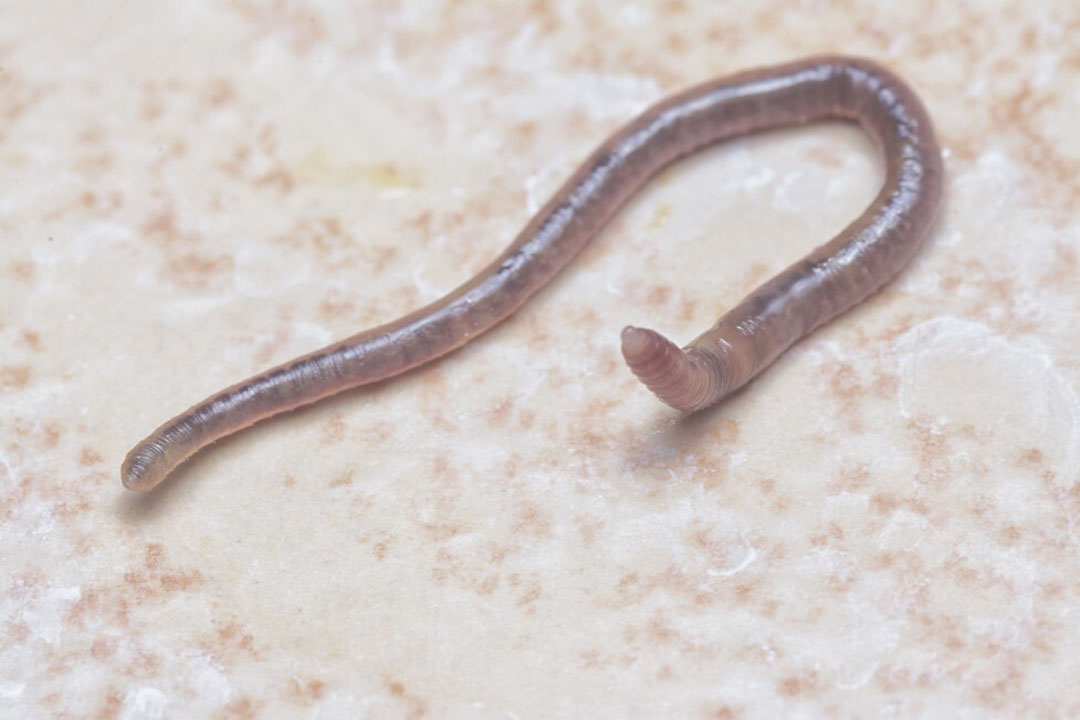
Reaping the benefits of mini-biodigesters
Biodigesters have become very popular and are said to be the most effective way to slash methane emissions from pig farms. Traditional biodigesters are big and costly and are simply not an option for smaller farms. But what a much smaller mini biodigester? Pages 18-19.
Plasma boosts vaccination effects, even with ASFv
The inclusion of spray-dried plasma in diets has been observed to support animal health management by maintaining or improving vaccine efficacy for farm animals, including ASF vaccine prototypes. Pages 20-21.
It pays to know the impact of coccidiosis
Cystoisospora suis is an enteric parasite that causes one of the most prevalent and economically important diarrhoeic diseases during suckling: porcine cystoisosporosis, formerly known as coccidiosis. Timely tackling of the problem is key. Pages 22-22.
Taking organic pig farming to the next level
In Denmark, 15th-generation Danish pig farmers, Bertel and Marianne Hestbjerg, run the country’s largest organic pig farm. Planting trees, weaning at 10 weeks and smaller litter sizes are all part of the farm’s philosophy. Pages 24-25.
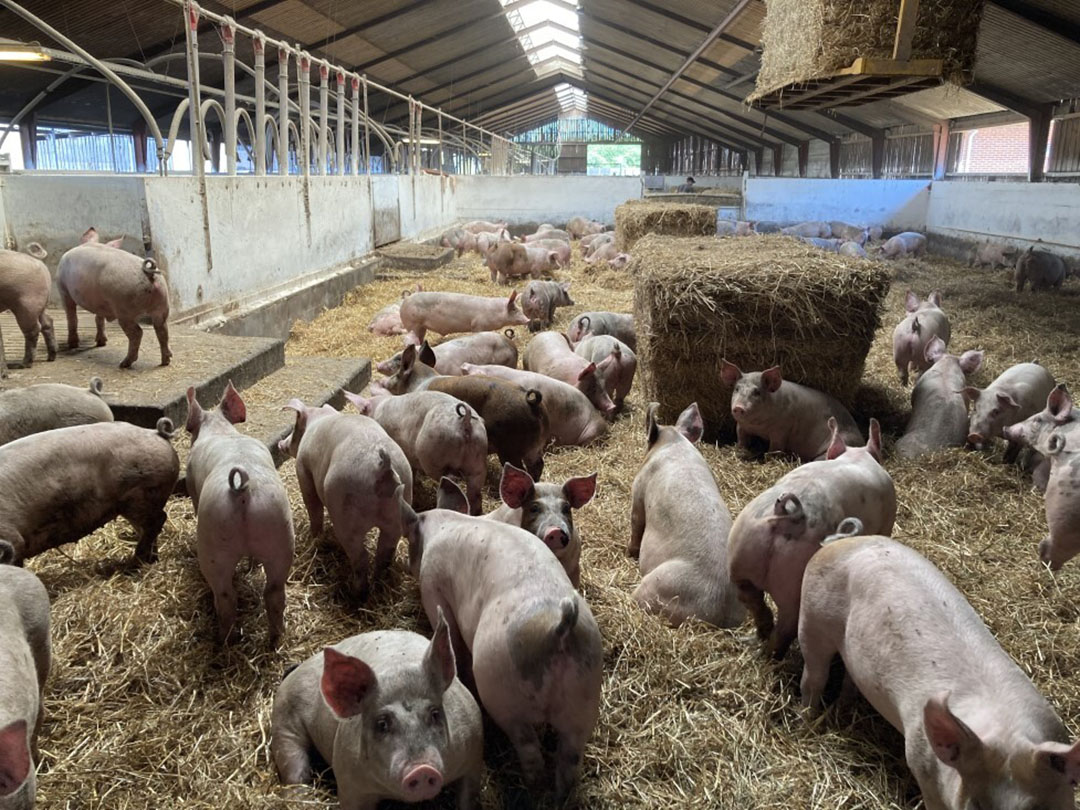
Customising a new farrowing house
German sow farmer, Klaudia Arnemann, has designed her own free-range farrowing barn. It is remarkably light due to the many windows in the central alley and each of the barn’s sections, and temperatures are kept below 20°C. Pages 28-30.
Finding the best moment to bring pigs to market
Pig producers must balance feed costs with the optimum market weight of finishing pigs. What the human eye cannot yet see, a computer model can. How do the latest prediction models help to increase operational profits? Page 33-32.
Making high-protein feed ingredients from pig waste
A group of scientists have examined the potential of duckweed being used to convert nutrients from pig manure into a protein feed ingredient. Page 34-36.
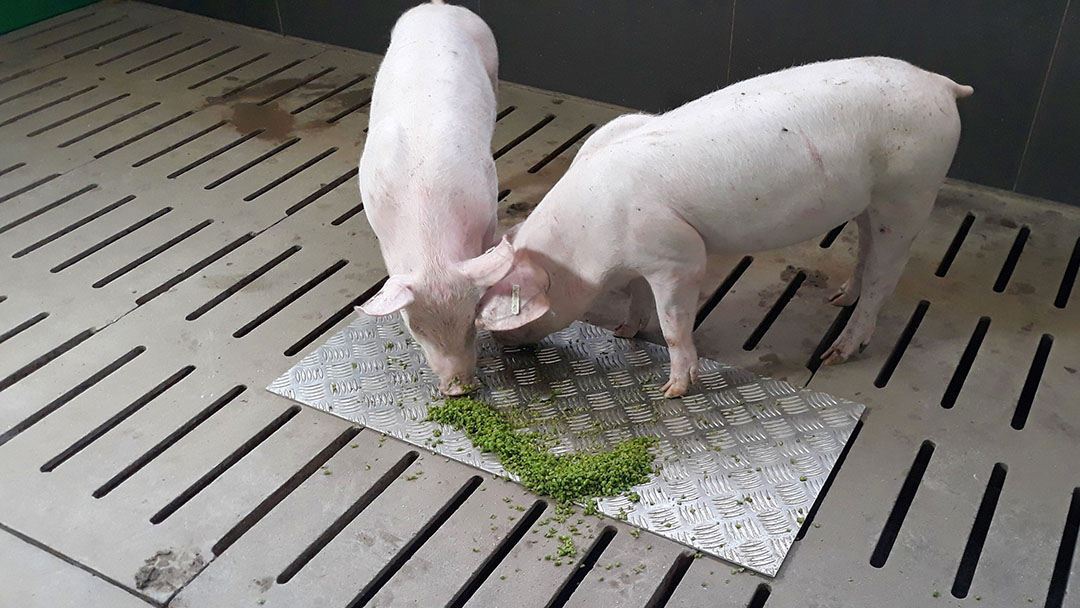
Gut health: responding to pathogens, tolerant to food
A wood-derived supplement can enhance both aspects of gut health: the acute and preventive. Page 38-39.
All you need to know about organic acids
Organic acids are one of the candidates that the pig sector is investigating in the search for alternatives to replacing antibiotics in pig diets. What are the effects of organic acids on the swine industry? Page 41-42.
Enhancing cellular energy in grower-finisher pigs
In times of high feed costs, improving the creatine status of fattening pigs allows a reduction in dietary energy. This article explores guanidino-acetic acid supplemented to pig feed, which is said to optimise the creatine status of the cells. Page 45-46.
Inspecting pigs in paradise
On page 48-49, columnist Monique Pairis-Garcia shares how her passion for pigs and welfare led her on what she describes as a remarkable experience travelling the Galapagos islands.





